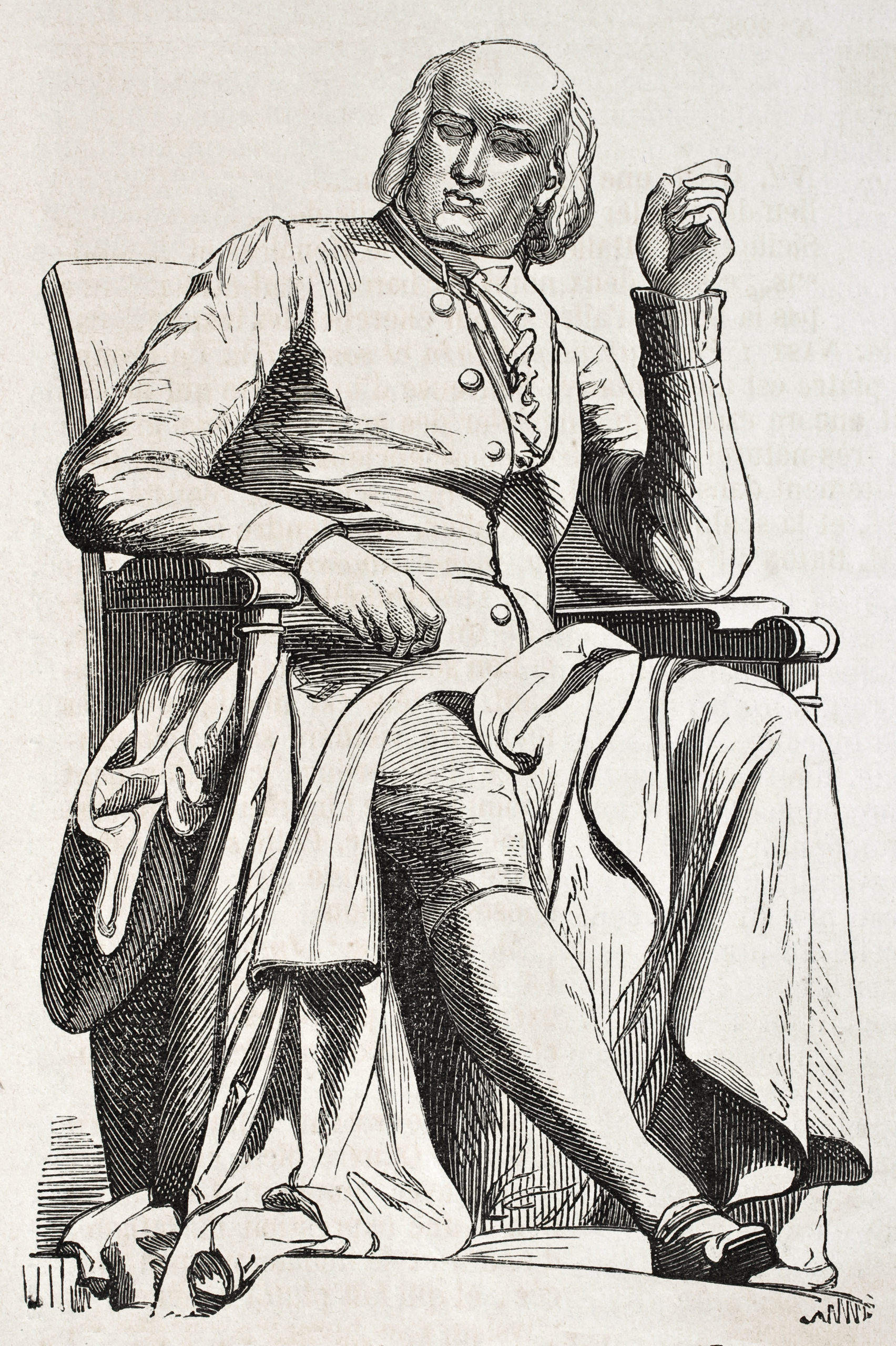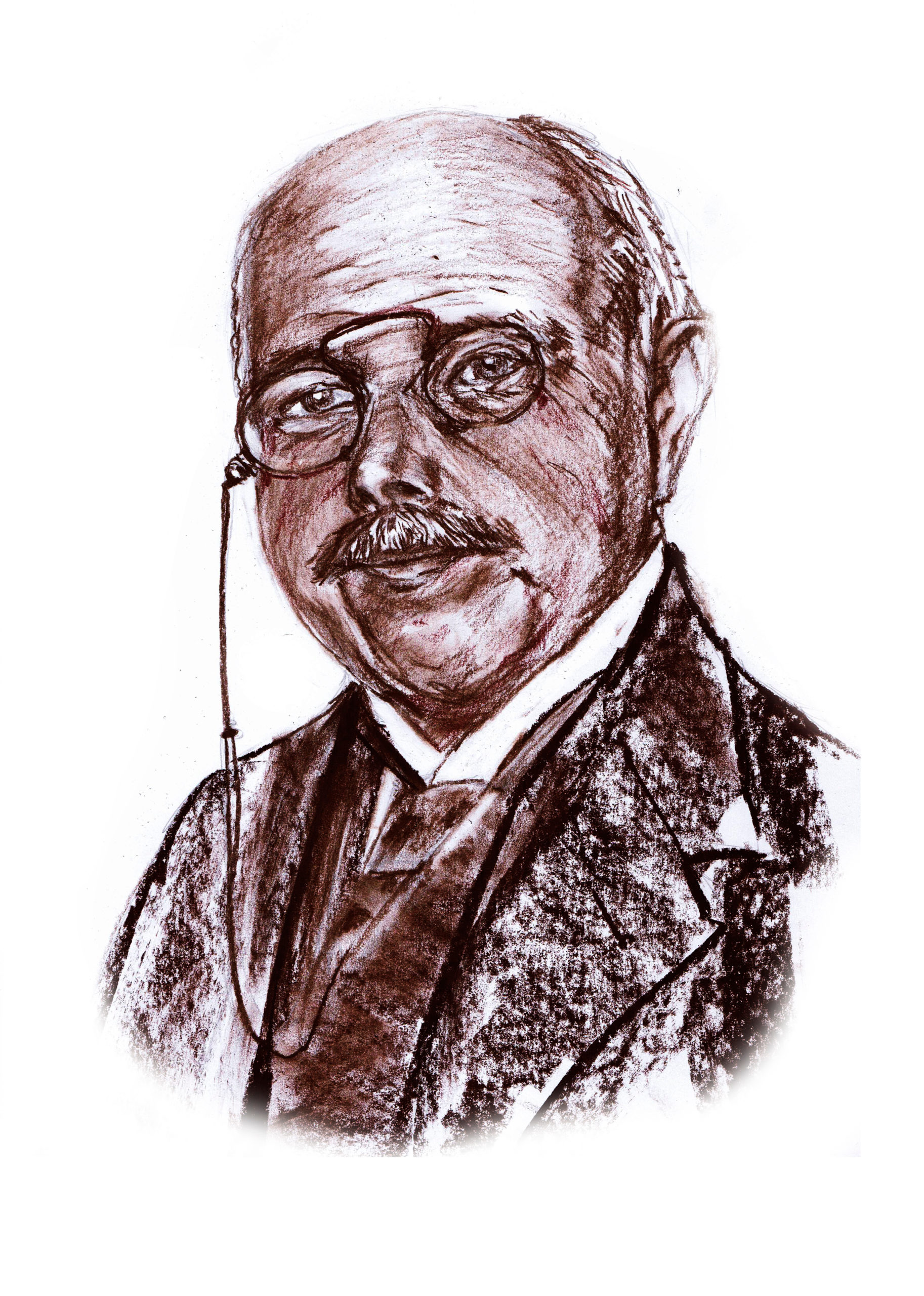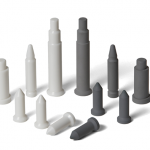Ceramics might be the most diverse materials ever made. Spanning the entire spectrum of manufacturing, from delicate commodities to functional electronics and heavy-duty components, they represent unique performance capabilities that have rapidly pulled away from traditional engineering materials.
The sheer variety of advanced ceramic types is reflected by the material group’s variable terminology; ‘Advanced ceramics’, ‘Fine ceramics’, and ‘Technical ceramics’. These classifications were once regionally-specific, with Asia-Pacific markets preferring the term fine ceramic while Western manufacturers leaned towards technical ceramics. These terms have since become more unanimously widespread and are now used analogously. It is useful to acknowledge this diversity, however, as the roadmap of technical ceramic development has truly spanned the globe.
18th Century: Frauds Against Society
Historians typically pin the humble origins of technical ceramics on the invention of synthetic ruby in 1902, but attempts to artificially reproduce precious gemstones and minerals extend back beyond record. As early as 79 CE (common era), Roman naturalist Pliny the Elder decried counterfeit gems as a “fraud against society”.
Fortunately for Pliny, true breakthroughs in crystallography and mineralogy came almost two millennia later. First was the ground-breaking examination of crystalline calcium carbonate René-Just Haüy, who found primitive forms of calcite in the mineral’s fragments, circa 1770. Second was the simultaneous work by various chemists trying to determine the chemical makeup of different gemstones. Smithson Tennant, in 1797, for instance, reported that diamond “consists entirely of charcoal, differing from the usual state of that substance only by its crystallized form”.

1902: Birth of Gemstone Synthesis
Interest in the composition, crystallography, and indeed the potential synthesis of gemstones intensified throughout the 19th Century, but it was the son of a French watchmaker who eventually discovered the secret to artificial gemstone synthesis.
Auguste Victor Louis Verneuil published his proprietary flame fusion technique in 1902, yielding large synthetic rubies that were equally as large, clear, and chemically identical as the natural article—with the same molecular structure too. The secret was melting aluminium oxide (Al2O3) using a high-temperature oxy-hydrogen flame and a gradually descending support structure that allowed the synthetic boule to grow layer-by-layer.
Although other non-metallic inorganic structures had been developed prior to this, the Verneuil method was the first truly successful industrial technique used to generate viable technical ceramics.
20th Century: Age of Technical Ceramics
After decades of intensive research and development into gemstone synthesis, it was now possible to artificially generate rubies and eventually sapphires via industrial means. This led to a rapid acceleration of development and production of novel technical ceramic materials and uptick in non-traditional and emerging markets. In 1907, silicon carbide (SiC) was used as the basis for the world’s first commercial light emitting diodes (LEDs) following important research by Captain Henry Joseph Round.
The 1920s saw the development of cubic-stabilized zirconia by W.H. Nernst in Berlin. Additionally, automotive and aviation engineers were using alumina-enriched porcelain for combustion components like spark plugs. During the ‘30s, these developments occurred separately in Germany and the US, but after World War II, sintered alumina was unanimously deployed as the standard insulator for spark plug design.

Since the 1960s, technical ceramic R&D has reached a new level entirely, yielding a range of new materials and production techniques. American electronics engineers began deploying the first silicon-based integrated circuits (ICs) and microprocessors. Jack Kilby was awarded the Nobel Prize in Physics for his involvement in IC development.
Learn about the Future of Technical Ceramics: AI, IoT & Industry 4.0
There have been countless pivotal developments contributing to the success of technical ceramics in society today. It would be impossible to summarise all the important steps made by key figures throughout history, but we hope this has served as a short introduction to some of the founding fathers plus an informative overview of technical ceramics over the last century. Contact us today if you would like to learn more.
Sources:
https://www.chemistryworld.com/opinion/verneuils-rubies/3010286.article
https://www.sciencehistory.org/distillations/making-gemstones



